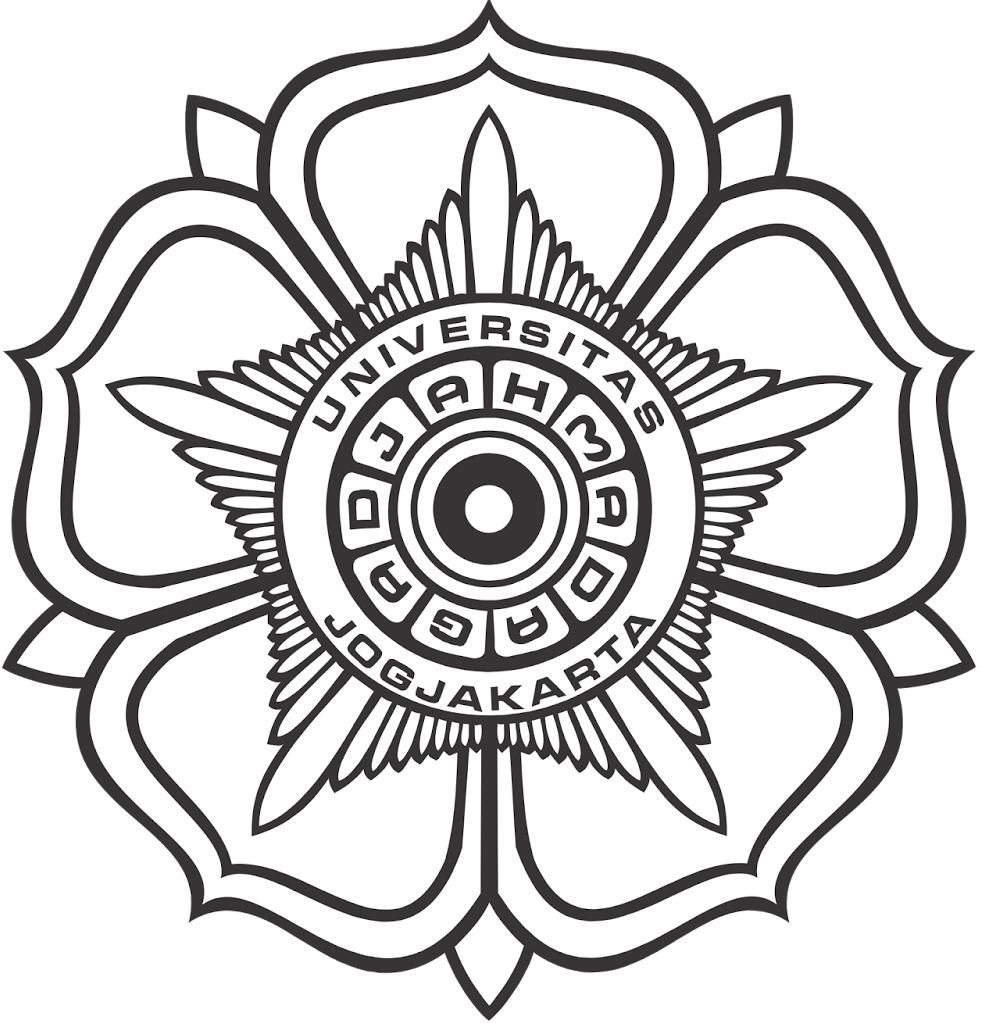The influence of lactose and povidon on the formulation of tablet containing Kaempferia galanga L . extract by a wet granulation method
Abstract
The use of factorial design with 2 factors (lactose and Povidon) and 2 levels (lactose : low level = 300% and high level = 450% of the extract weight, respectively; Povidon : low level = 0.3% and high level = 3% of the extract weight, respectively), it needed four formulas to produce granules of the Kaempferia galanga L. extract. Each of the granules of Kaempferia galanga L. extract was produced by a wet granulation method and was dried at 40-60°C for 24 hours. Dry granules were tested on their properties of flowability, compactibillity and water uptake.
Lactose significantly influenced the compactibillity and the water uptake, whereas Povidon significantly influenced the compactibillity, flowability and water uptake. Based on the contour plots of the physical properties of the granules and total responses, formula using 315% lactose and 2.98% Povidon of the extract weight, respectively, was chosen as the optimum tablet formula. Produced tablets had dark brown colour and weight uniformity with average weight of 373.60 ± 0.63 mg, hardness of 2.18 ± 0.192 kg, friability of 0.10 ± 0.011%, and disintegration time of 4.43 ± 0.147 minutes.
Key words : Kaempferia galanga L. extract, tablet formula, lactose, Povidon
Full Text:
UntitledReferences
Aliadi, A., Sudibyo, B., Hargono, D., Farouq, Sidik, Sutaryadi, dan Pramono, S., 1996, Tanaman Obat Pilihan, Yayasan Sidowayah, Jakarta, 139-141
Anonim, 1979, Farmakope Indonesia, Edisi III, Departemen Kesehatan RI, Jakarta, 6-7; 28
Anonim, 1986, Handbook of Pharmaceutical Excipients, American Pharmaceutical Association and the Pharmaceutical Society of Great Britain, Washington, London, 234-239
Armstrong, N. A., 1994, Tableting, in Pharmaceutics the Science of Dosage Form Design (Aulton, M.E., Ed), ELBS, Hong Kong, 647-668
Bolhuis, G.K. and Chowhan, Z.T., 1996, Materials for Direct Compaction, in Pharmaceutical Powder Compaction Technology (Alderborn, G. and Nystrom, C., Eds), Marcel Dekker, New York and Basel, 419-500
Bolton, S., 1997, Pharmaceutical Statistics, Practical and Clinical Applications, 3rd Ed., Marcel Dekker Inc, New York, 326-354; 590-625
Parrott, E.L., 1971, Pharmaceutical Technology Fundamental Pharmaceutics, 3rd Ed., Burgess Publishing Co., Minneapolis, USA, 73-84; 158-171
Rudnic, E.M. and Kottke, M.K., 1996, Tablet Dosage Forms, in Modern Pharmaceutics (Banker, G.S. and Rhodes, C.T., Eds), 3rd Ed., Marcel Dekker, New York, Basel, Hong Kong, 333-394
Summers, M.P., 1994, Granulation, in Pharmaceutics the Science of Dosage Form Design (Aulton, M.E., Ed), ELBS, Hong Kong, 616-627.
DOI: http://dx.doi.org/10.14499/indonesianjpharm0iss0pp110-115
Refbacks
- There are currently no refbacks.
Copyright (c) 2017 INDONESIAN JOURNAL OF PHARMACY

This work is licensed under a Creative Commons Attribution-ShareAlike 4.0 International License.
Indonesian J Pharm indexed by:







































